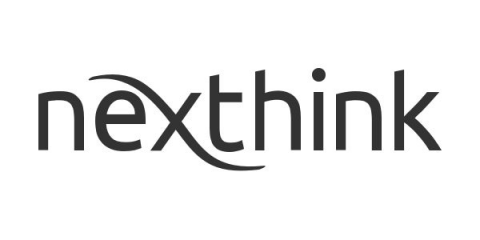Mean Time to Innocence: Avoiding the Blame Game with Desktop Virtualization
Mean time to innocence (MTTI) is a term used by IT teams to prove that their respective domain is not the source of a particular issue. In other words, it’s a fancy term to avoid blame when something goes wrong. Each team has its own domain-specific tools to prove the issue is not their fault. With respect to desktop virtualization, here are just some of the domains that are relevant when diagnosing issues.






